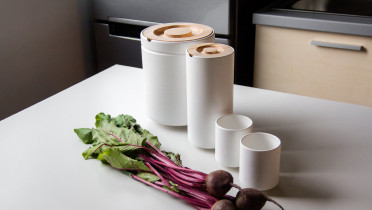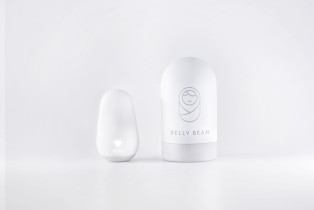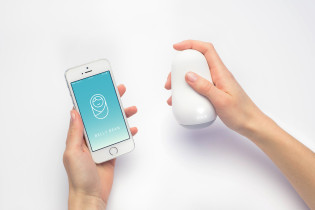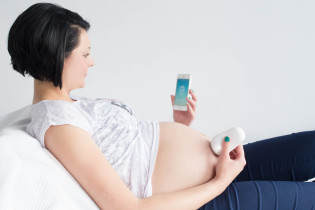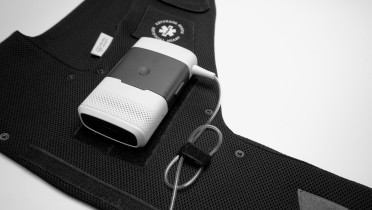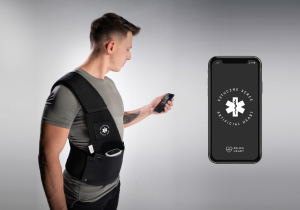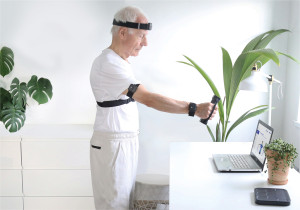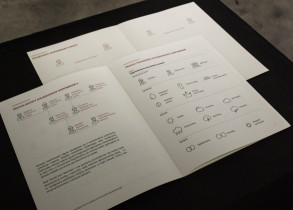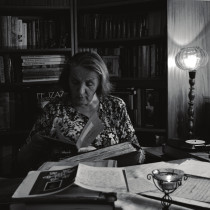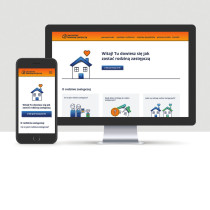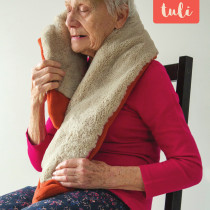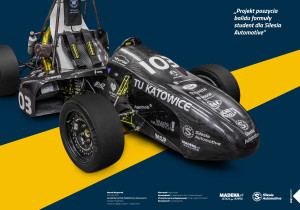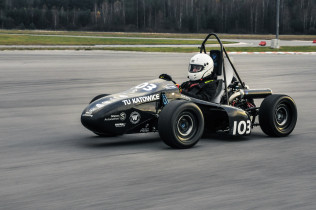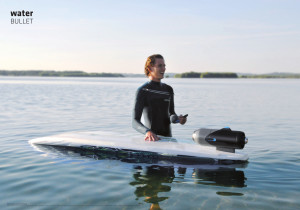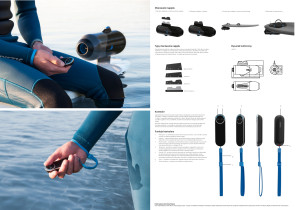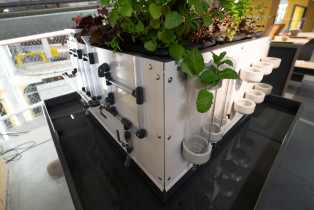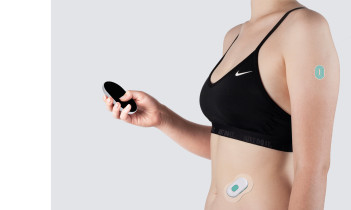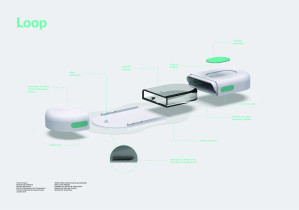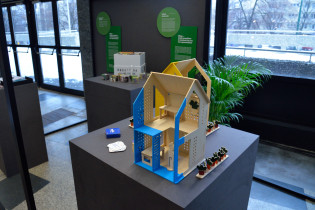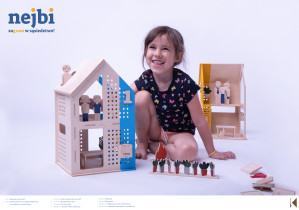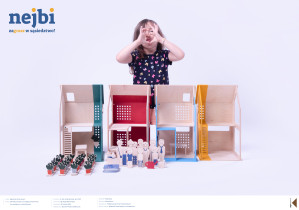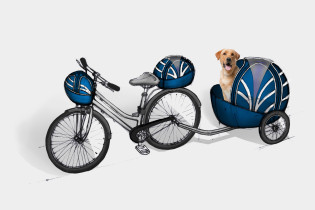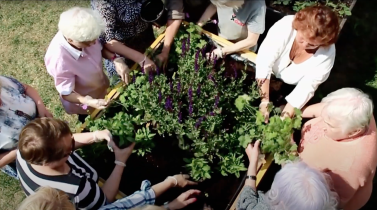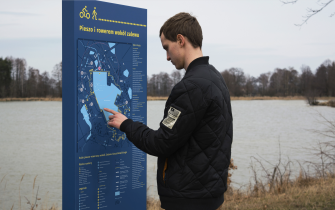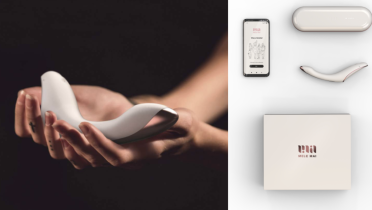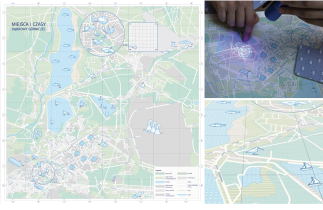Design / Master–degree studies
Inclusive Design: Health and Social Well-Being
Interdisciplinary Master’s Degree Program in Polish and English
A good design is a reflection of the designer’s creative skills combined with innovation and technological potential. It is also one that seamlessly blends in with its cultural and social contexts. This holistic approach to the design process lies at the heart of our Inclusive Design: Health and Social Well-Being interdisciplinary program.
As a student, you will not only develop your creative skills, but also gain the confidence to take up and tackle bold design challenges. You will be encouraged to experiment and learn how to cooperate with the future recipients of your creative ideas – services, applications, and devices. It is a unique two-year master's degree program that offers you the opportunity of working with key experts in the field – for example designers from The Helen Hamlyn Centre For Design – as well as leading design studios in Poland and abroad that use the Inclusive Design methodology.
See the best diplomas of our students

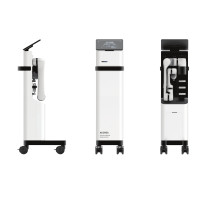






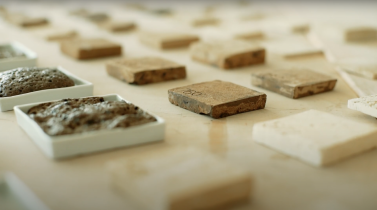

-
CURRICULUM
Forget about bland theory. We want to teach you how to apply the research-based methodology in the design process. Observation, analysis, conclusions, and effective implementation are crucial parts of the process that you need to know. We will provide you with practical tools thanks to which defining design problems and solving them is fast. Together with us, you will learn to see and understand people – the future users of your designs. There are 3 different design labs at your disposal where you can develop your skills and deepen your knowledge:
Product design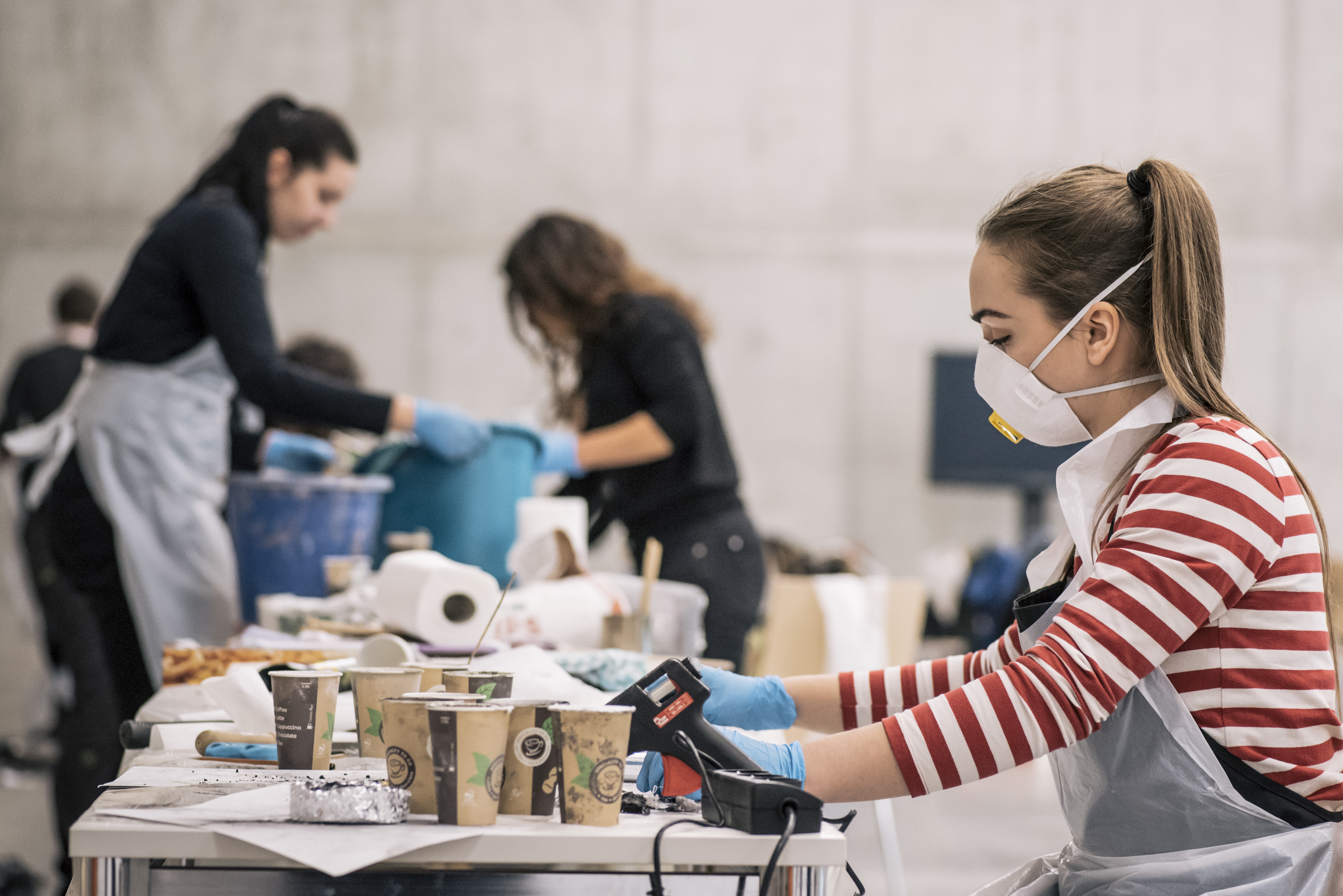
In this laboratory, you will find out what a systemized design process is all about and how to design products. Our main focus here is creativity and innovations, but we also prioritize sustainability, the natural environment and a responsible approach to design – one that takes into consideration the long term influence a designer has on the environment. How to design products that accord with yourself, the environment, and the investor? How to merge business with creativity, social challenges, and technological possibilities? We will dispel all doubts in this lab for you.
Interaction design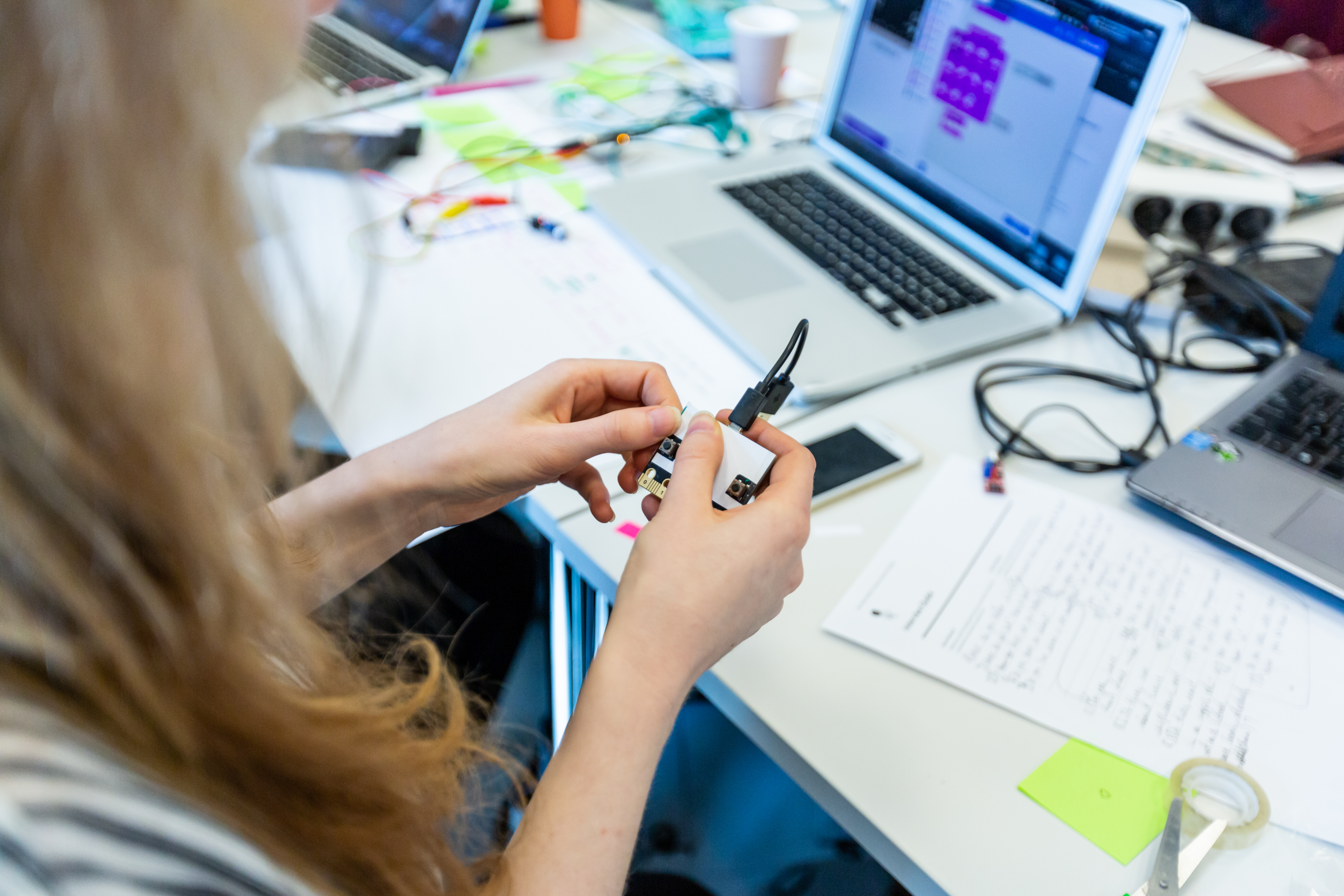
Technology today and tomorrow, data, algorithms, the impact of technology on our well-being, and preparation for work in the profession of a UX designer are the most important elements of the studio's program. During the course, you will learn how to gather information about expectations and user requirements using research methodologies in Interaction Design, User Experience Design, User-Centered Design, and Inclusive Design. You will also understand the limitations and possibilities of technology and become a master of creating design systems, how to quickly build interactive prototypes, using tools such as Figma and coding elements (low-code).
Social designNew services, products, and visual information systems can change the environment. They can initiate new behaviors and be the engine of further innovations. In this studio you will learn, among other things, to involve future users in the creative process of co-creation and a wide range of service design methods.
Eager to know how it will be done? Expect plenty of research, experiments, prototyping, and tests. Looking at design problems from various perspectives and cooperation are crucial skills a designer should exhibit so you will conduct field research and work in interdisciplinary teams during the classes. What’s more, you will also participate in internships and collaborate with external partners as that is the best way to learn what a designer’s work includes. Professor Zbigniew Religa Foundation of Cardiac Surgery Development in Zabrze, MedSilesia Cluster, Gerlach, Pilch, ACCREA Engineering, and FOPS are just a few partners that believed in our students’ talents and created a unique space to materialize their ideas.
The curriculum of each particular design laboratory also includes the following modules:
Advanced management design
– Innovation management, new product development, strategy building, structure and design implementation – building an effective environment for the implementation of mission and strategy through sustainable designBasic designer skills
– Basic skills in the field of product design such as computer-aided design, ergonomics, presentation drawing and prototypingMaterials and contexts
– Methods applied in the experimental search for new materials, especially connected with the craftsmanship and natural materials.UX research
– Methods of examining users’ perception and behavior based on methods applied in ethnography, sociology, and psychology,Technological context
– Analysis and mapping of trends and technological contexts,Inclusive design
– Methods applied to include users in the design process, customer needs research, co-creation
-
THE ACADEMY, STUDIOS & EVENTS
Studios and labs at your disposal
We have a lot to offer! Our premises brim with creative space where students can develop their ideas from the concept stage all the way through to prototype production. Whether you are working on an animation, a digital publication, or a specialized product, you’ll find a suitable place to pursue your creative endeavors.
A modern, well-equipped ceramics studio for complex ceramic processing is right at your disposal. You will find tools for developing wood-based and metal-based models and prototypes in our modeling studio, and have access to state-of-the-art 3D printing devices in our cutting-edge modeling lab. And that is merely a fraction of what awaits you!
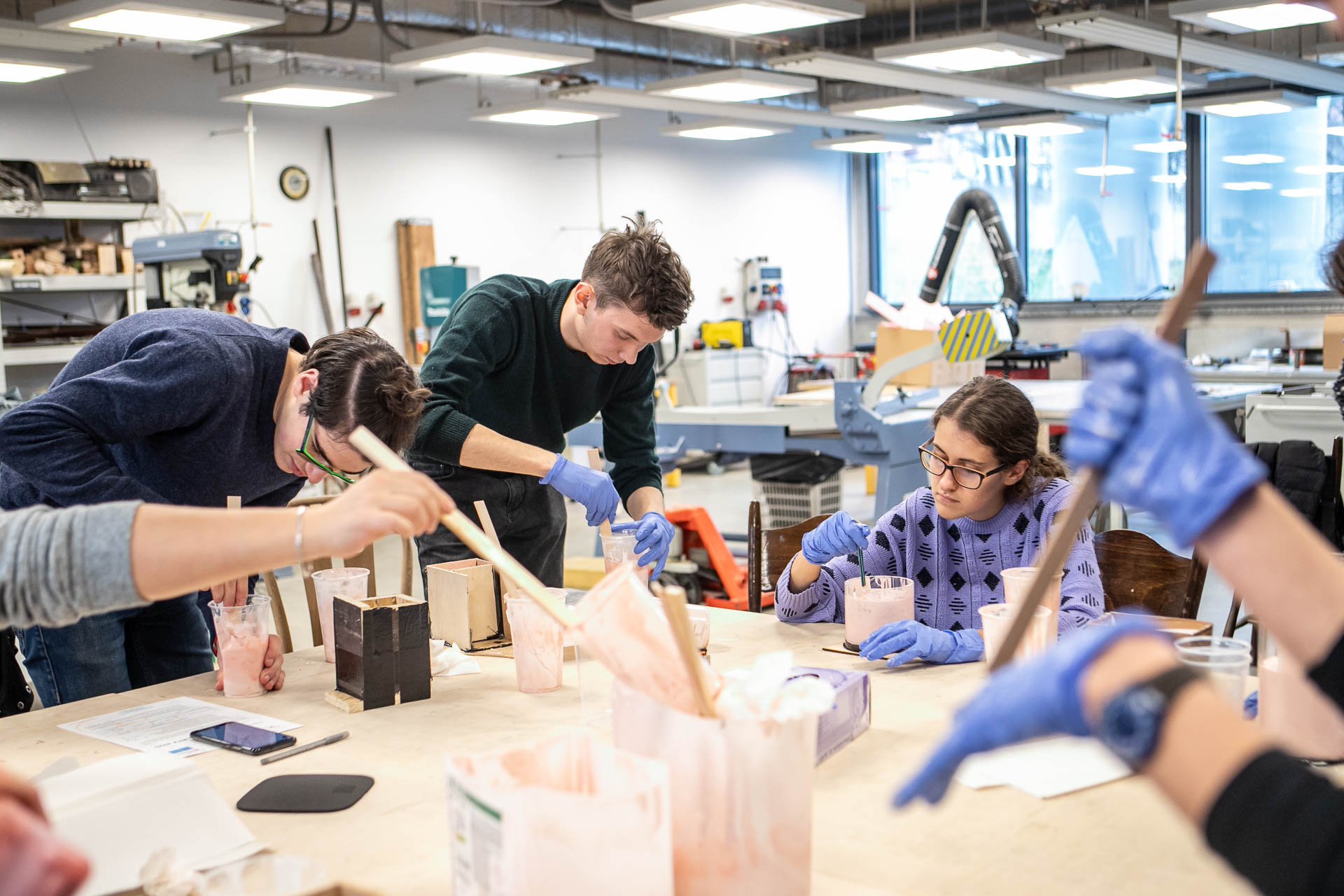
Insightful, skill-building classes
We’ll offer you ample space to exchange ideas with lecturers, experts, and fellow students. Our seminars and conversation meetings are an excellent opportunity to exchange knowledge, compare experiences, and discuss problems in the fields of philosophy, ethics, history of design, sociology, semiotics, communication theory, culture, and economics.
You will also learn how to present your ideas, argue your design choices, and constructively handle feedback. What’s more, you will be able to polish your foreign language skills. In our conversation meetings, cutting-edge trends and a variety of design problems will be discussed in English. .
Art galleries and cultural events
The creative space you are getting invited to extends beyond the Academy building to encompass, among other things, several internationally acknowledged cultural events. A prominent example is the Agrafa design conference where distinguished speakers from all over the world – innovators, designers, and philosophers – are invited to talk about the design challenges of the modern-day world.
A place well worth paying regular visits is Rondo Sztuki, a one-of-a-kind gallery sitting in the heart of Katowice and run by the Academy of Fine Arts. A venue for numerous exhibitions and cultural events, it brings together some of the most talented local and foreign artists. Frequent exhibitions of photography, poster art, painting, graphics, and design held in Rondo Sztuki are unique occasions to develop your skills and look for inspiration. It’s a place to be for all art aficionados!
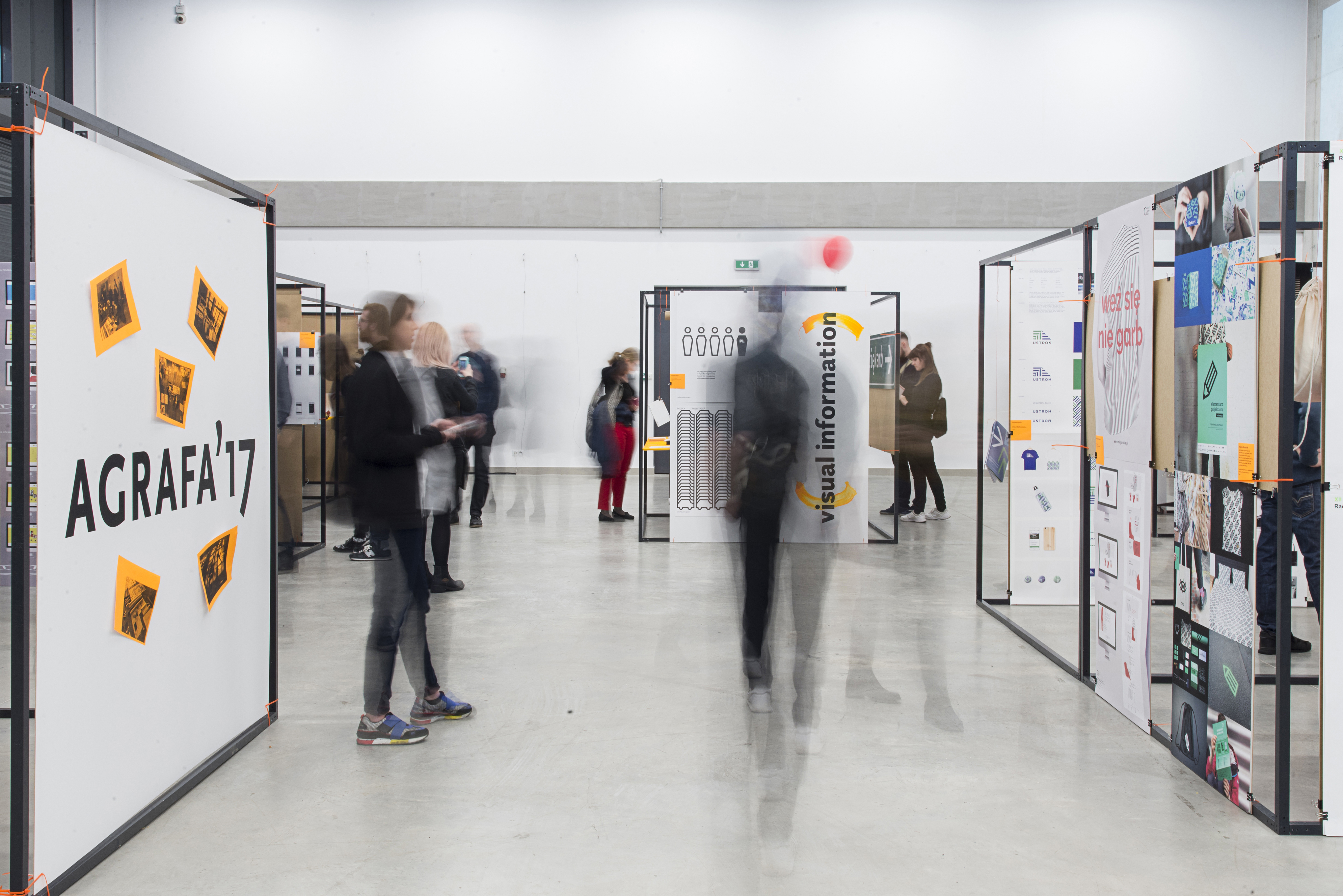
-
LECTURERS – LEARN FROM THE BEST
Anna Bil
- MA in Fine Arts
- assistant
- application and digital products designer in Boldare; cooperates with Medialab Katowice as a curator
- MA in Fine Arts
- assistant
- application and digital products designer in Boldare; cooperates with Medialab Katowice as a curator
Tomasz Bierkowski
- professor in Fine Arts
- professor
- designer, author of opinion-forming publications and articles about typography
- professor in Fine Arts
- professor
- designer, author of opinion-forming publications and articles about typography
Agata Chmielarz
- PhD
- Academy professor
- Head of the Chair of Industrial Design
- PhD
- Academy professor
- Head of the Chair of Industrial Design
Ksawery Kaliski
- PhD in Fine Arts
- assistant professor
- Head of the Chair of New Media / Works at the intersection of art and design – from sculpture to interactive installations
- PhD in Fine Arts
- assistant professor
- Head of the Chair of New Media / Works at the intersection of art and design – from sculpture to interactive installations
Anna Kamieniak
- MA in Fine Arts
- assistant
- interaction and interface design specialist; has extensive experience in digital product implementation, e.g. in the bank department of RWD ING
- MA in Fine Arts
- assistant
- interaction and interface design specialist; has extensive experience in digital product implementation, e.g. in the bank department of RWD ING
Justyna Kucharczyk
- associate professor
- Vice-Rector for Research and Partnerships
- associate professor
- Vice-Rector for Research and Partnerships
Michał Latko
- MA in Fine Arts
- assistant
- product designer and design manager; runs his design studio that provides strategic support in the field of design and the implementation of new products and services; award winner
- MA in Fine Arts
- assistant
- product designer and design manager; runs his design studio that provides strategic support in the field of design and the implementation of new products and services; award winner
Marta Lisok
- PhD
- assistant professor
- graduate of Art History at Jagiellonian Univerisity and Philosohy at Silesian University
- PhD
- assistant professor
- graduate of Art History at Jagiellonian Univerisity and Philosohy at Silesian University
Katarzyna Pełka-Bura
- MA in Fine Arts
- assistant
- graduate of Design Management at SGH/IWP; has extensive experience in brand implementation management and the organization of design festivals; co-owner of Wzorro Design
- MA in Fine Arts
- assistant
- graduate of Design Management at SGH/IWP; has extensive experience in brand implementation management and the organization of design festivals; co-owner of Wzorro Design
Marta Więckowska
- PhD
- adjunct
- Expert in visual communication and UX research
- PhD
- adjunct
- Expert in visual communication and UX research
Patrycja Rudnicka
- phd
- She combines academic and business experience and an interdisciplinary approach in the areas of psychology, technology, and design
- phd
- She combines academic and business experience and an interdisciplinary approach in the areas of psychology, technology, and design
-
The best diploma projects
From creative ideas to project implementation – our students not only work on developing their design skills but also bring their ideas to life. The two-year-long program culminates in a diploma project completed in a studio of choice.
Our students’ bold ideas and innovative solutions – a fetal heart rate detector, educational workshops for the elderly, or sensory gardens for kids, to name but a few – are proofs of how participation in our program can transform people’s reality.
Discover the best projects in the photo gallery up the page.
-
MEET OUR ALUMNI
The alumni are our pride and joy. Talented, observant, able to discern budding needs and take up design challenges responsibly. They design the new reality – from creative toys for the little ones and stylish furniture to high-tech medical appliances. Meet them, see what they take pride in, and then join this talented bunch of creative souls.
Alumni:
- Karolina Chmiel, www.linkedin.com/in/karo-chmiel
- Klaudia Gołaszczyk, www.klaugola.com
- Magdalena Kamińska, magdy2.pl
- Marcin Karter, www.wzorro.com
- Aleksander Kaszuba, www.behance.net/alksndrkszb
- Kamil Kowalczyk, www.behance.net/Kamil_Ignacy_
- Piotr Łoj, patronite.pl/VirtualDream
- Piotr Łukasik, www.behance.net/hotpixelstfdd4
- Łukasz Paszkowski, www.lukaszpaszkowski.pl
- Katarzyna Sokołowska, sokka.com
- Magdalena Zawieja, magdy2.pl
- Julianna Zych, www.behance.net/julianna_zych
- Klaudia Żmuda, http://klaudiazmuda.com
Alumni who teach:
- Piotr Bąk
- Agata Chmielarz, www.ardema.pl
- Natalia Jakóbiec, www.wzorro.com
- Anna Kamieniak
- Andrzej Klisz
- Anna Kmita
- Michał Latko, www.latko.co
- Agnieszka Nawrocka, www.tukej.com
- Karolina Nowak, studioitem.pl
- Joanna Pastusińska, studioitem.pl
- Kinga Pawlik, www.kingapawlik.pl
- Kasia Pełka-Bura, www.wzorro.com
- Damian Pietrek
- Anna Pohl
- Marta Więckowska
-
BUSINESS PARTNERSHIPS
Industry partnerships are vital to the Academy operations. Student internships, numerous design competitions, and collaborative projects bear fruit to all engaged parties – the Academy, companies, and students alike. It is the year-long experience of the lecturers as well as the innovative ideas of our students and real-world business needs that create a unique environment for development and gaining new experience.
-
Student internships
Student internships are often the first step towards real-life design. They let students verify and confront their expectations of a designer’s work with reality. This moment is a crucial stage in their education. Sometimes it results in students’ changing their choices, like the specialization, or confirms that their career choices were good.
Summer internships for students make an integral part of companies’ schedules as entrepreneurs are willing to extend their teams with new creative young employees. They fuse innovative exploration with real-life application. Not only is it a unique opportunity to exchange experiences but also the beginning of a long-lasting fruitful cooperation. Creative ideas generated by students and the fresh perspective they introduce into the teams often make companies come back with more internship offers.
Internships are also a great opportunity for the Academy to establish business relations. Students are our best representation and recommendation for subsequent post-graduate internships. A lot of our students continue to cooperate with companies in which they began their internships. You can say it is like a soft landing – we let the companies discover our creative potential, and then we stay for longer. No necessity to send your cover letter and a resume or participate in a stressful job interview – sounds good, doesn’t it?
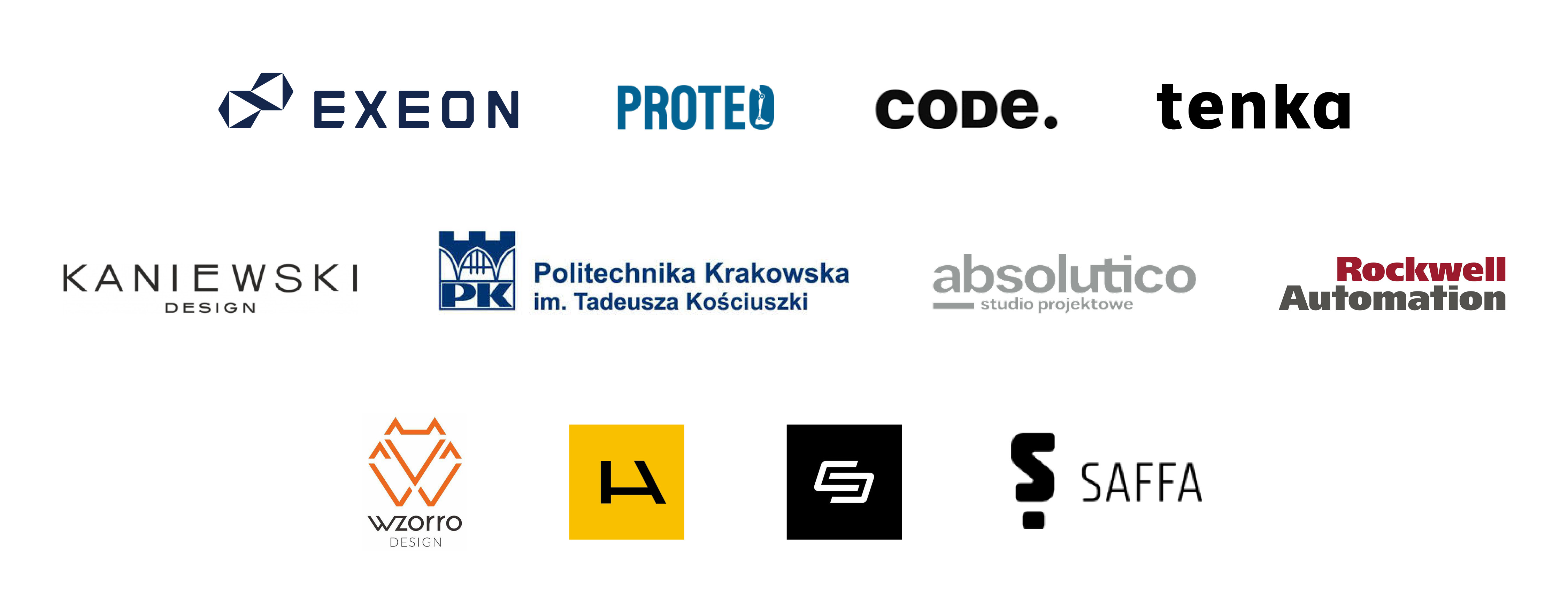
-
Substantive support and resources support for student semester projects
Business partnerships also include the support of external consultants in our students’ semester projects. Putting projects in a real market context is one of our priorities. We want our students to be trend-savvy but also to have all relevant knowledge about implementation costs, technical limitations, and consumer needs. Our database of various consultants is systematically expanded with technical and resource experts, cost estimate specialists, and gurus of project presentation. We do it because we want our students to have a full complement of expertise.
What matters in a designer’s work is communication, language, and tools that one needs to use at particular stages of the design process. Trust us – we are positive about that because our lecturers are active designers. The substantive support our students get – sometimes very specific – provides them with a one-of-a-kind chance to practice these skills while studying.
-
Diploma projects collaborations
Why not graduate with a bang? Diploma projects are a great opportunity to do it. Not only do they present the vast array of skills that students have mastered, but they also open the doors to the real design world. Our students know about it perfectly well and that is why they willingly collaborate with companies while working on their diploma projects.
Thanks to awards, competitions, and honorable mentions they get instantly spotted by employers, and their projects enter the production stage. Soon after hundreds, thousands or even millions of people start to use the products, like chairs or any other well-designed furniture or appliances, for the rest of their lives. Amazing, isn’t it?
-
Designer competitions
The Academy is open for all sorts of collaboration. For example, we help companies that have no experience in cooperating with designers to organize design competitions. It is a great opportunity to work on projects with the client’s brief. Safety, transparency, rules, and ways of submitting all necessary materials are supervised by the Academy, and at the same time, students learn about work conditions and the expectations of real clients.

-
Support for entrepreneurs
Collaboration with companies is beneficial for all engaged parties – the Academy, entrepreneurs, and students. By active participation in collaborative projects, they gain their first hands-on experience. The Academy cooperates closely with numerous companies in the field of product development and innovation assessment.
Our lecturers have an extensive year-long experience that coupled with our students’ bold ideas and fresh perspectives bear great fruit – innovative products and partnership contracts. It is yet another example of a „win-win” situation in which everybody gains something for themselves: new experiences, innovative solutions, and talented employees.
-
-
YOUR JOB PROSPECTS
As a student in this program, you will acquire several practical skills that can greatly impact your job prospects. We will go far beyond the scope of design to teach you how to define and solve problems, coordinate complex projects and thrive in interdisciplinary teams.
What can you do once you graduate? Here are a few examples of careers our students are happy to pursue:
- Graphic designer,
- Process designer,
- Social designer,
- User Experience Designer,
- Researcher,
- Design consultant.
A wide range of professional opportunities will open up for you. The knowledge and practical skills you will gain, as well as the design tools we will provide you with, open the doors to a career in numerous well-established companies, start-ups or design and research teams. You may even want to set up your design studio.
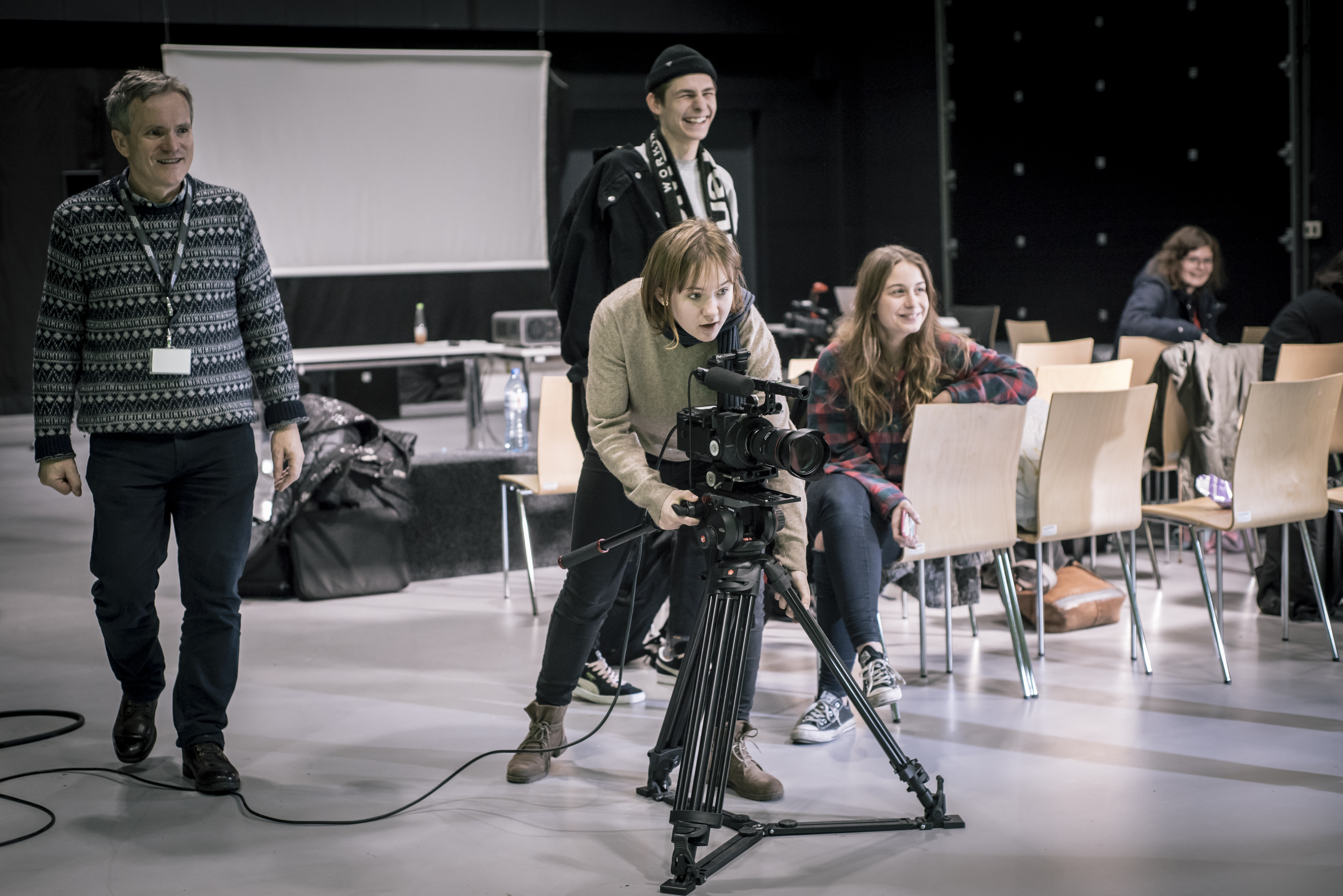
-
KATOWICE – A PERFECT CITY TO STUDY IN
If you’ve been toying with the idea of studying in Katowice, we’re about to dispel any doubts you may have. Katowice is the capital of one of the largest and most dynamically developing agglomerations in Europe. A city in constant flux, it is not only a significant industrial hub but also a flourishing center of science and entertainment, with numerous cultural events of a global scale held throughout the year.
The city will leave you stunned with its exquisite pearls of architecture. There’s the magical Nikiszowiec, with its tidy red brick facades and over a hundred years of fascinating history, the monumental, UFO-lookingSpodek arena, or the prestigious Culture Zone, where the architects successfully married the post-industrial with the modern.
Katowice has been designated a UNESCO Creative City of Music, so get ready for a host of musical attractions, including such renowned events as Tauron Nowa Muzyka with its unique fusion of jazz, dance and electronic rhythms, the iconic Rawa Blues, or the Off Festival for all the alternative souls out there. And let’s not forget about the iconic Mariacka Street, a place bustling with life and music winter or summer, and a favorite hangout spot for students and local citizens alike.
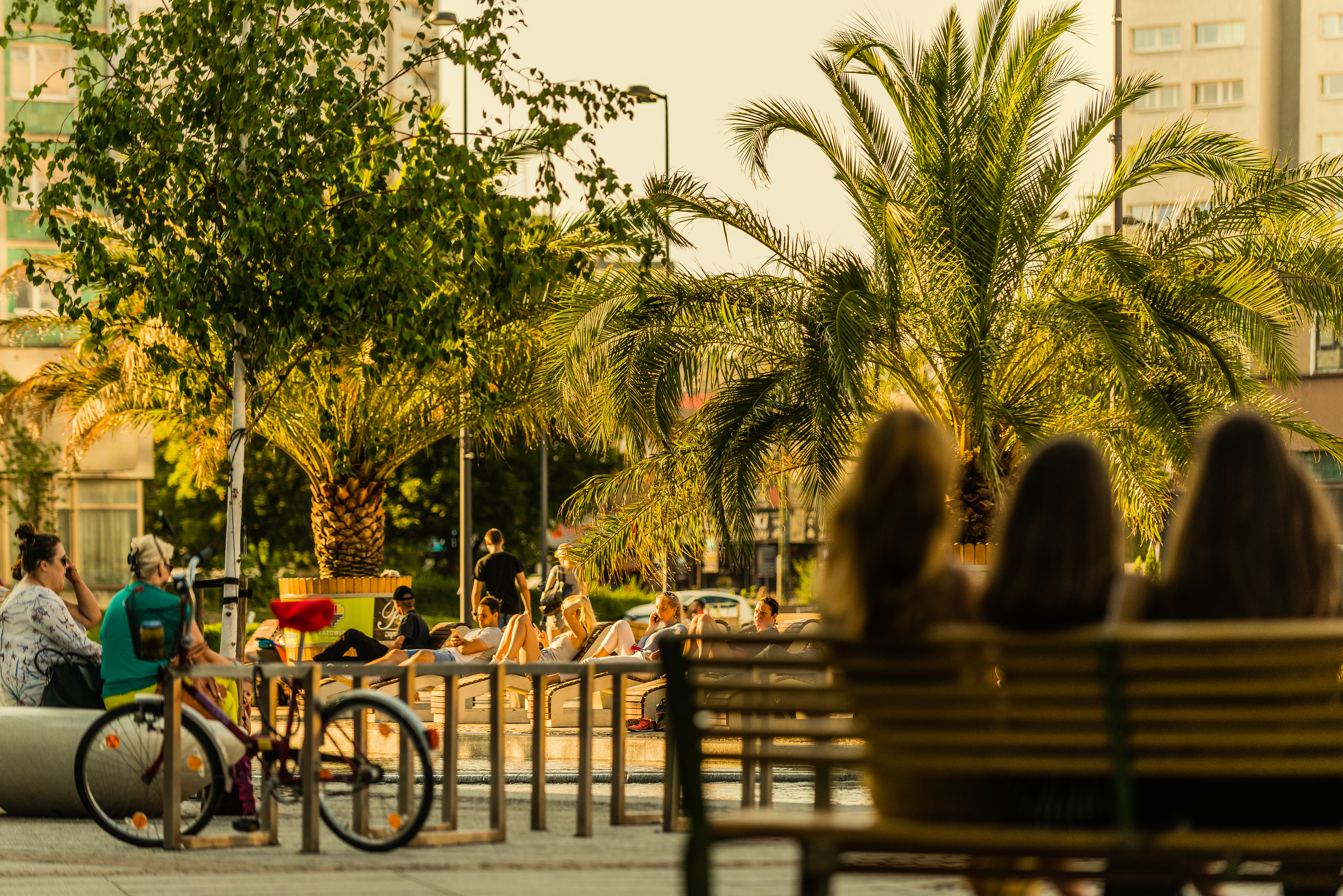
-
Who can apply?
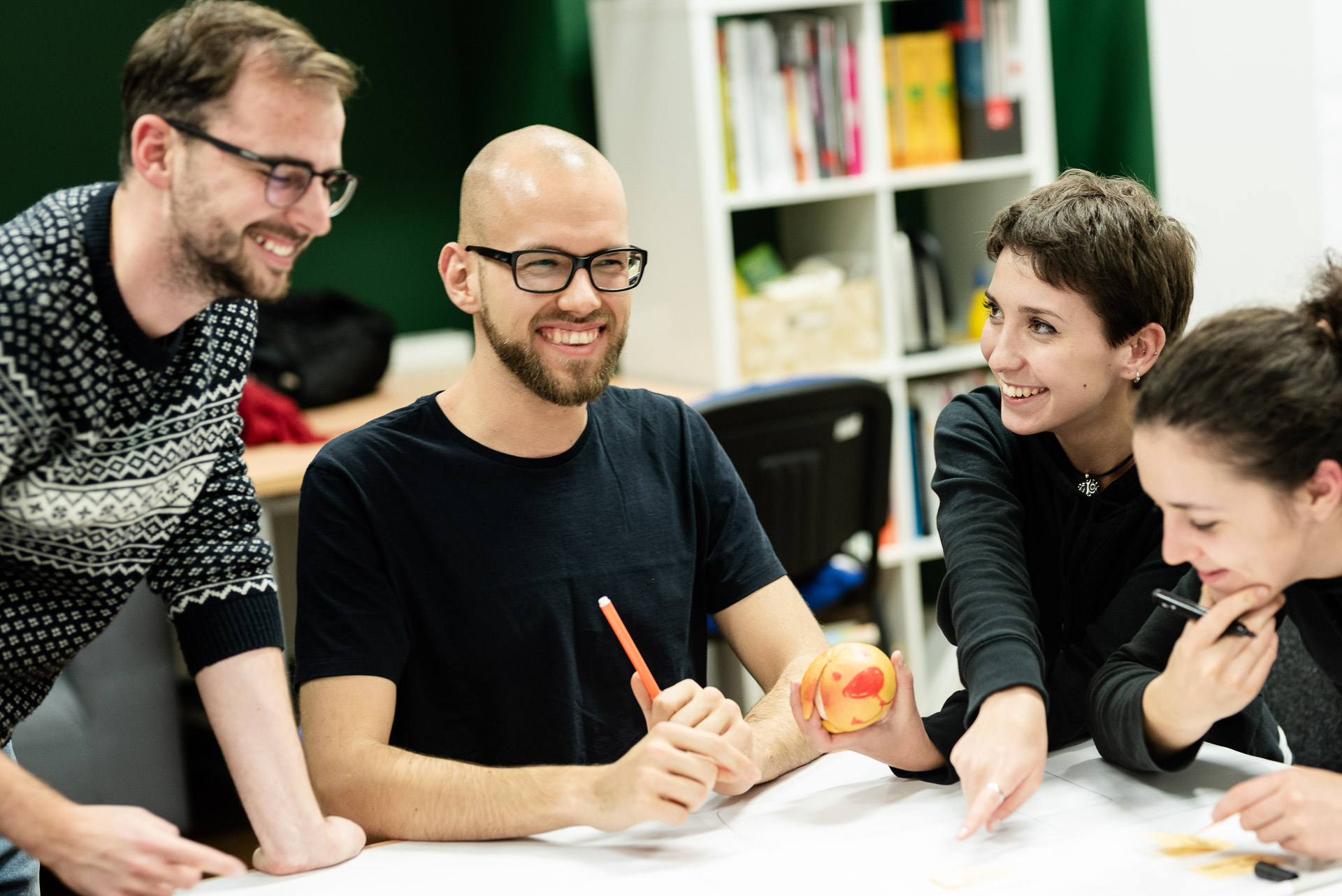
Who are we looking for? Open-minded people who can think critically and work in interdisciplinary teams. Savvy observers who can easily discern budding social needs and predict future trends.
Don’t hesitate to apply if you are serious about a career in design and have a diploma in one of the following disciplines: design, visual communication, graphic design, architecture, urban planning, interior design, exhibition space design, multimedia, user experience design, environmentally sustainable design, cultural studies, humanities, and social science.
To become a student in this program, you need to have a bachelor’s or master’s degree from an accredited college or university, and if you want to pursue your studies in English, you are required to submit a certificate of language proficiency (at least B2 level or equivalent).
